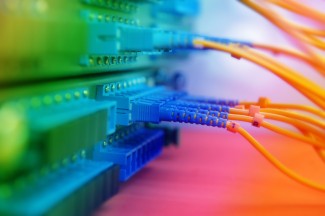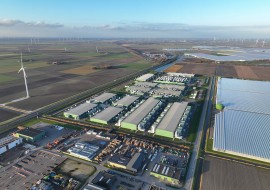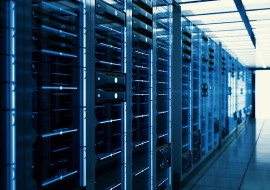
Intelligent efficiency, also known as active efficiency, uses some of the most influential technological developments of the last two decades—information and communications technologies, the Internet of Things, big data, data analytics, and machine learning—to reduce energy consumption and greenhouse gas emissions.
More devices than people are now connected to the internet, forming the Internet of Things. These devices can share information without human intervention. Ideally, they can respond to changing conditions in an energy-saving way. For example, a smart thermostat lowers the temperature when you are out for the day; your electric car charges at night when demand (and cost) is lower. Information and communication technologies make these devices and their communication possible. Together, they produce vast quantities and varieties of data, known as big data. Experts in data analytics—and the machine learning tools they engineer—are using these data to reveal patterns in our energy consumption habits and find ways to optimize energy consumption. Applications range from learning thermostats, to internet-connected building automation systems, to smart manufacturing processes. All these advancements help us conserve energy (and materials) while enjoying the same—and likely better—convenience and comfort. This combined effort is called intelligent efficiency. It lets us harness the power of information to reduce energy and material waste.
Intelligent efficiency is used at the system, facility, or even community level. For example, intelligent efficiency is not only about making a pump more efficient, it’s about making a water pumping system more efficient. It’s not about making a more efficient air conditioner but about making a more efficient HVAC system or building. Rather than just making a school or house more efficient, intelligent efficiency can connect a campus or neighborhood with a microgrid, or coordinate energy demand among buildings and enable the sharing of distributed energy resources such as solar, creating a more efficient and reliable network overall.
Intelligent efficiency has the potential to transform entire markets and have a meaningful impact on carbon emissions. We see opportunities for intelligent efficiency within all sectors of the economy and across sectors, such as between industry and freight transport (optimizing supply chain logistics and reducing ton-miles traveled through better use of the freight network), and between electric power systems and grid-interactive efficient buildings, which reduce building energy use and enhance grid reliability through next-generation sensors, controls, connectivity and communication.



